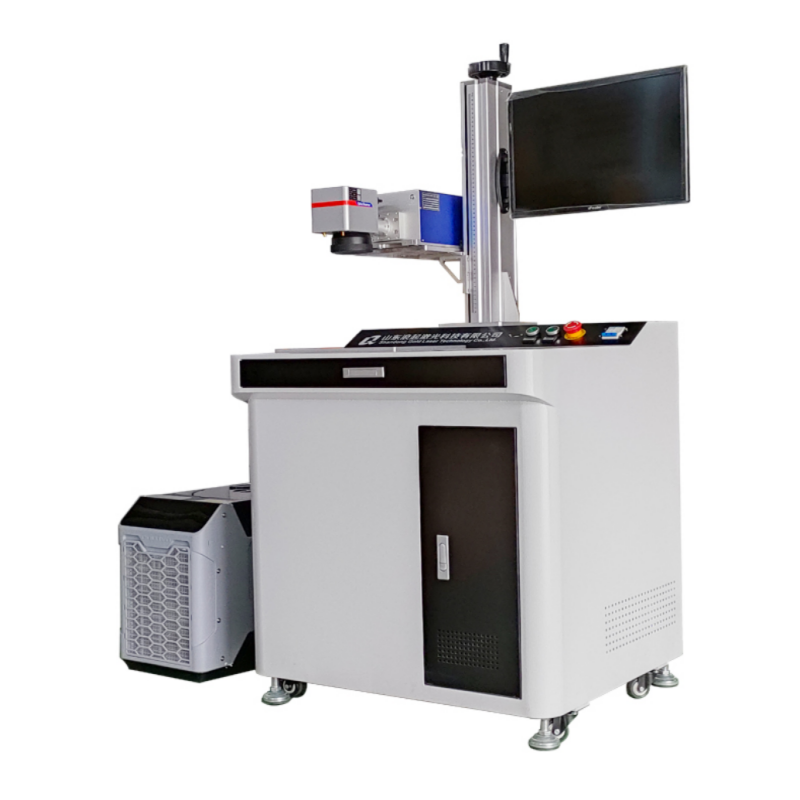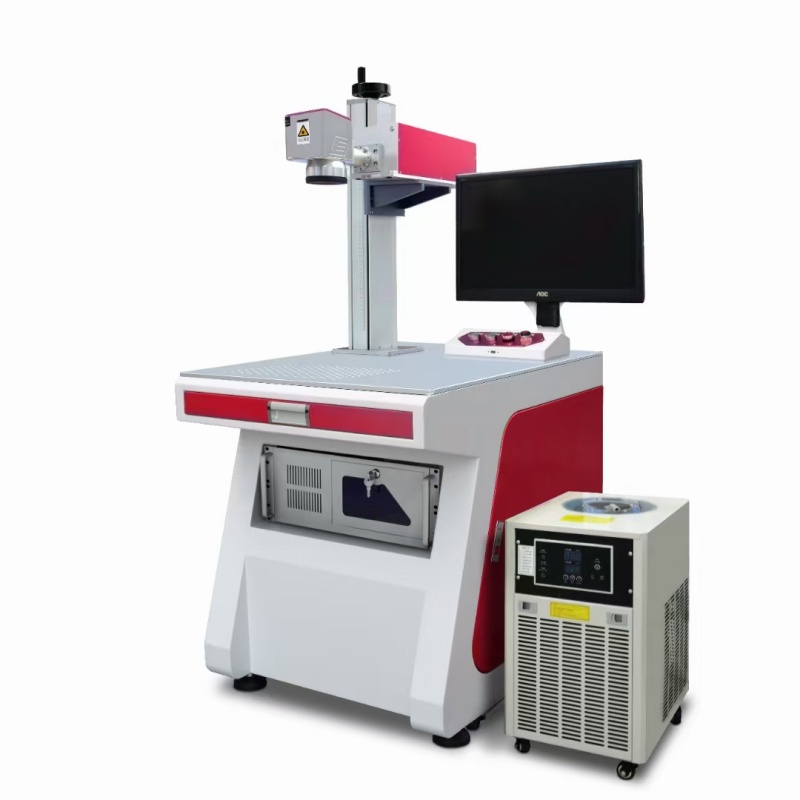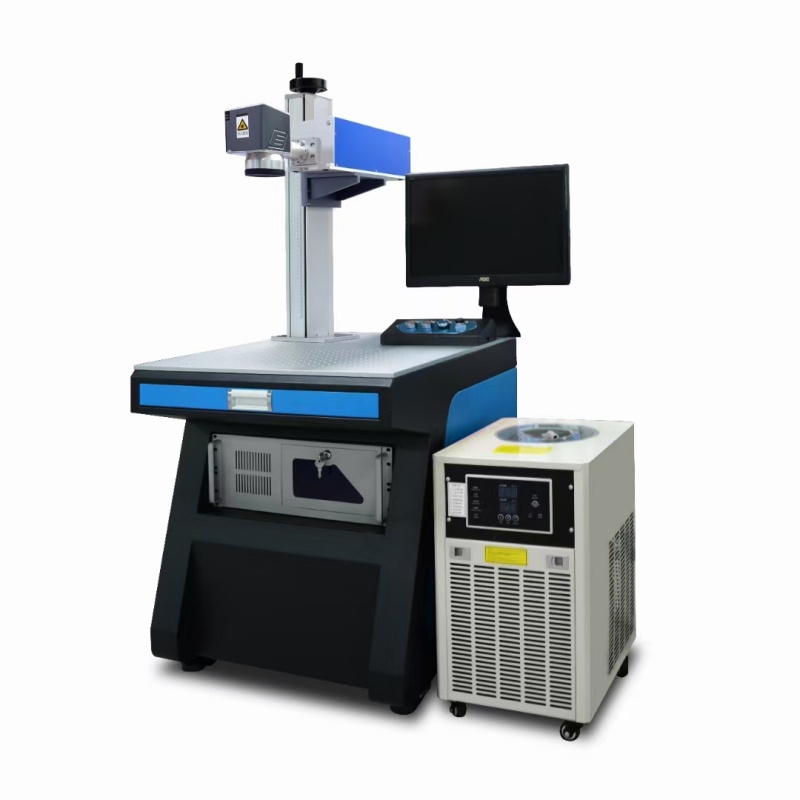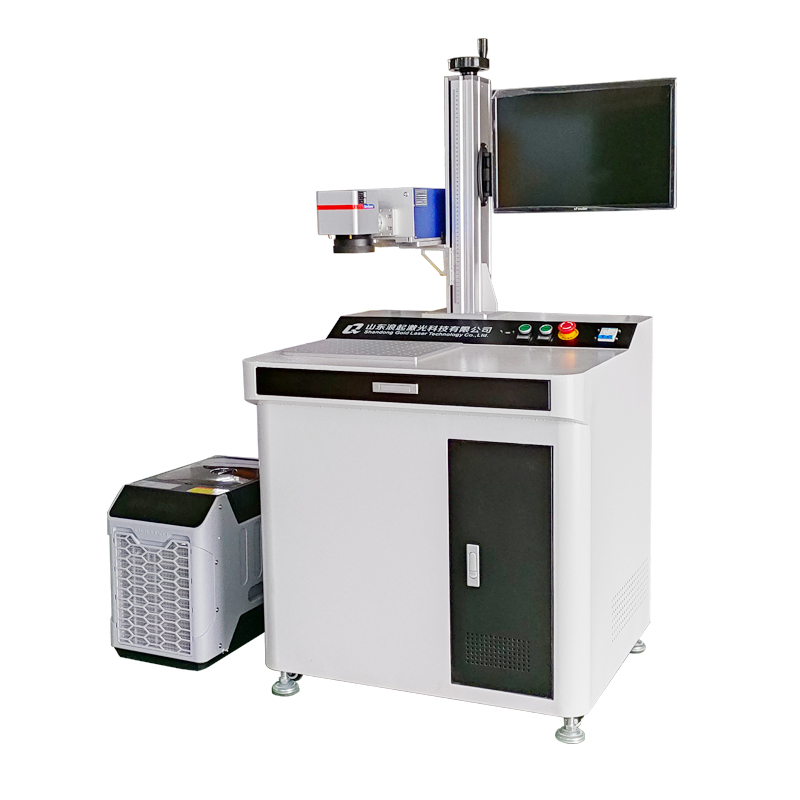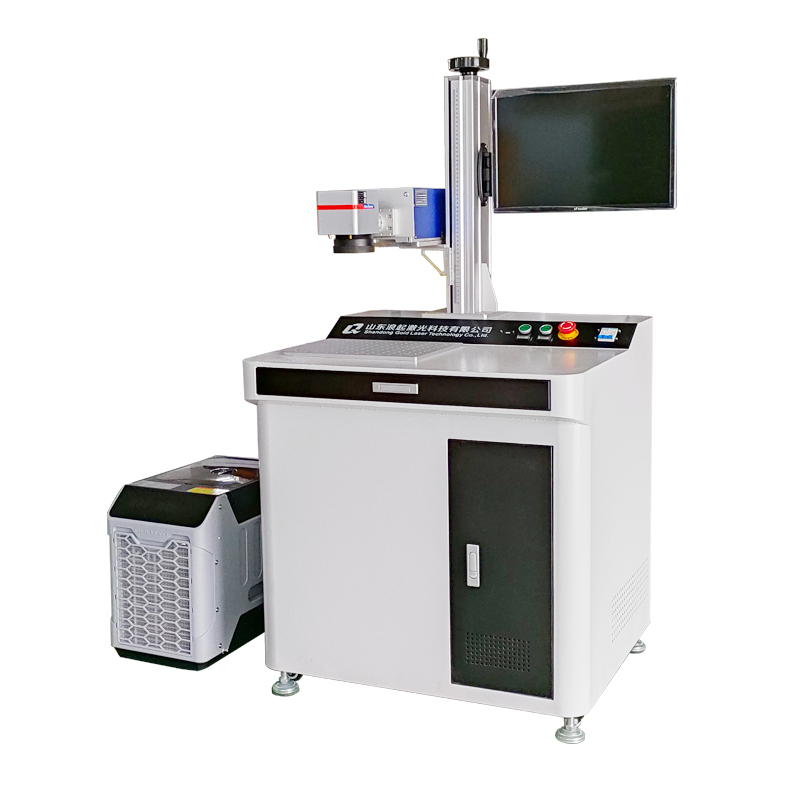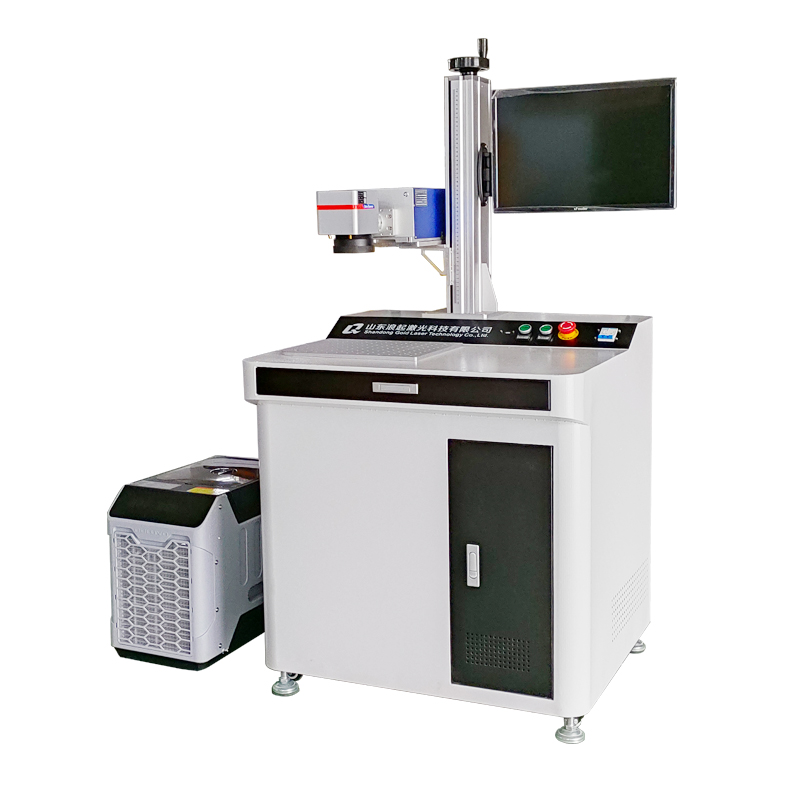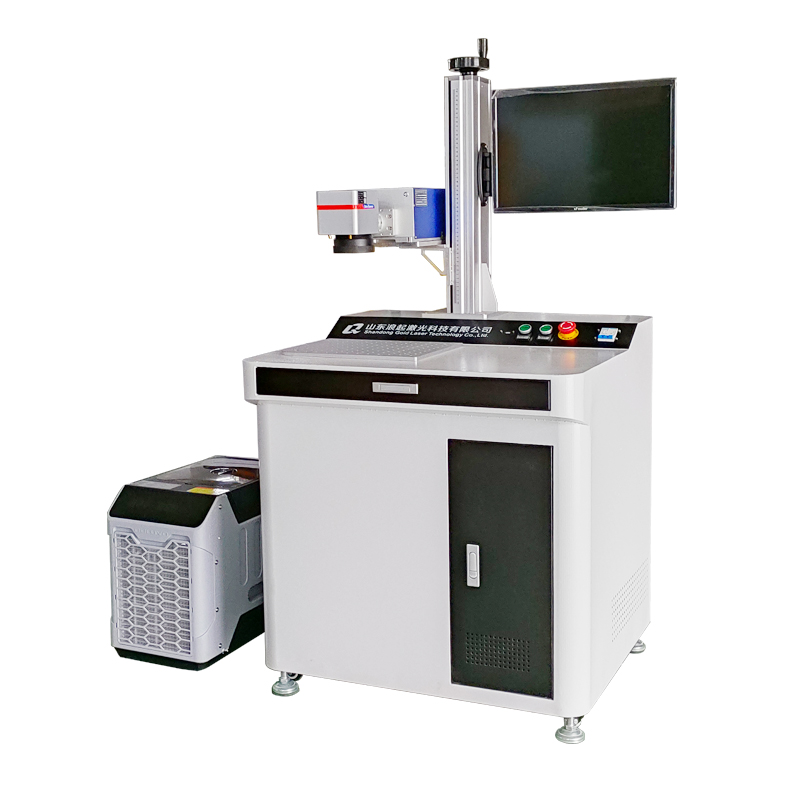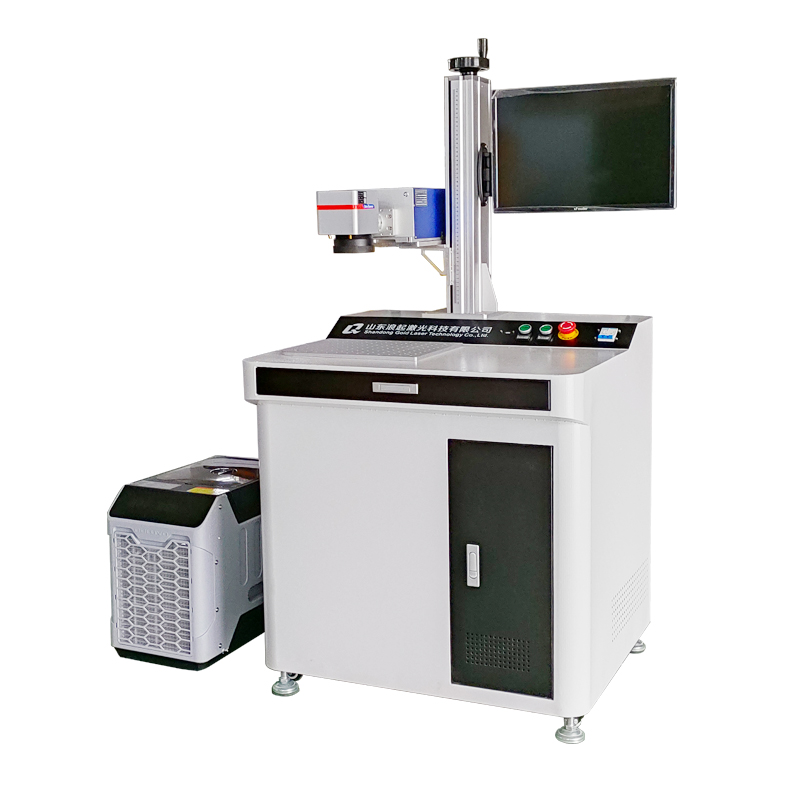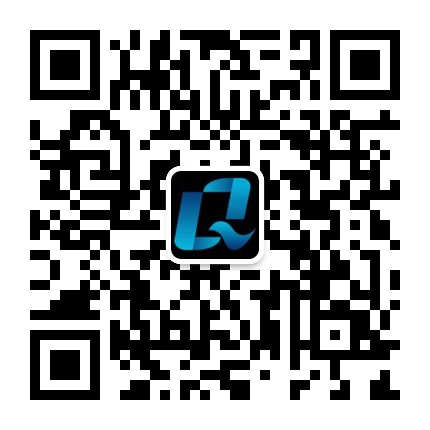The UV laser marking machine is gaining significant traction in the ultra-precision machining market due to its ability to produce high-resolution, clean, and permanent marks on a wide range of materials without causing thermal damage. Below are key aspects of its application in this sector:
1. Why UV Laser Marking is Ideal for Ultra-Precision Machining?
Cold Marking Process: UV lasers operate at 355 nm wavelength, which allows for minimal heat-affected zones (HAZ), preventing material deformation.
High Precision: Capable of producing micrometer-level markings, essential for micro-components in electronics, medical devices, and optics.
Non-Contact & Non-Destructive: Ensures no mechanical stress on delicate parts.
Wide Material Compatibility: Works on plastics, glass, ceramics, metals, semiconductors, and thin films without ablation or burning.
2. Key Applications in Ultra-Precision Machining
Medical Devices: Marking surgical tools, implants, and lab equipment with high readability and biocompatibility.
Electronics & Semiconductors: PCB trace marking, wafer scribing, and micro-component labeling.
Optics & Photonics: Engraving lenses, filters, and laser components without distortion.
Aerospace & Defense: Permanent serial numbers, barcodes, and logos on sensitive components.
Automotive Micro-Parts: Fuel injectors, sensors, and connectors requiring high durability.
3. Advantages Over Traditional Marking Methods
| Feature | UV Laser | Fiber Laser | CO₂ Laser | Mechanical Engraving |
|---|---|---|---|---|
| Precision | Ultra-fine (µm) | High (mm) | Medium | Low |
| Heat Impact | Minimal | Moderate | High | High |
| Material Versatility | Excellent (plastics, glass, metals) | Metals only | Plastics, organics | Limited |
| Speed | Fast | Very Fast | Moderate | Slow |
| Durability | Permanent | Permanent | Permanent | Wear-prone |
4. Market Trends & Future Outlook
Growing Demand in Miniaturization: As industries like semiconductors and medical devices require smaller, more precise components, UV laser marking is becoming essential.
Integration with Automation: UV laser markers are being integrated into robotic arms and smart factories for Industry 4.0 applications.
Eco-Friendly & Chemical-Free: Unlike inkjet or chemical etching, UV marking is a clean, green technology.
Rising Adoption in Flexible Electronics: Used for marking OLEDs, thin-film circuits, and wearable tech.
5. Leading UV Laser Marking Machine Manufacturers
Han’s Laser (China)
Trumpf (Germany)
Telesis Technologies (USA)
Keyence (Japan)
Coherent (USA)

